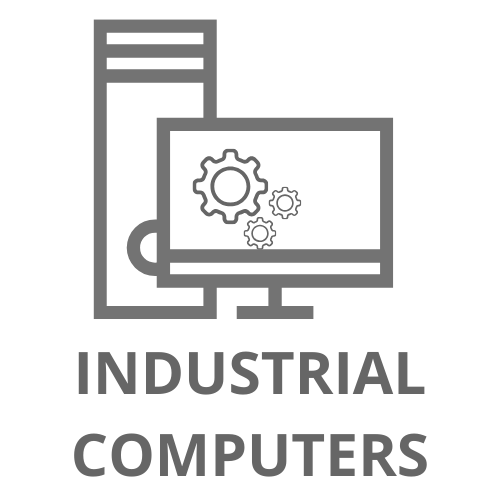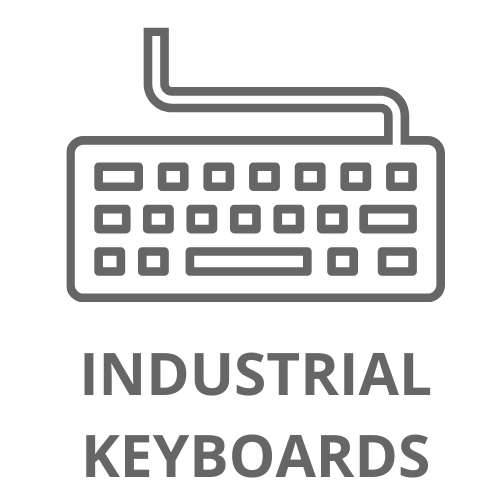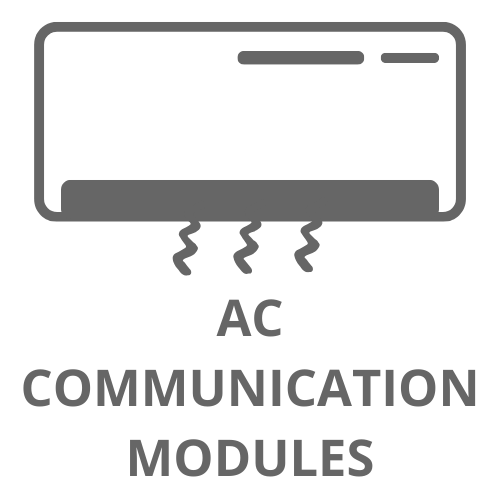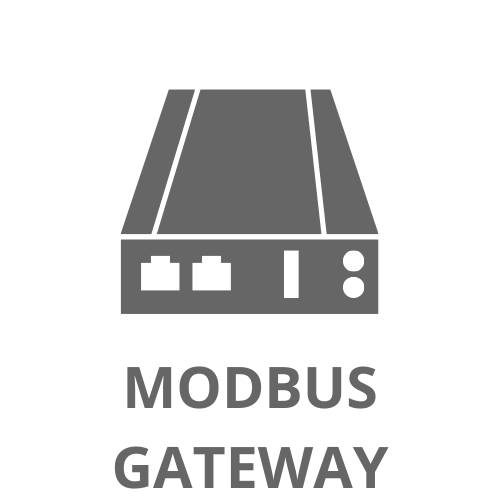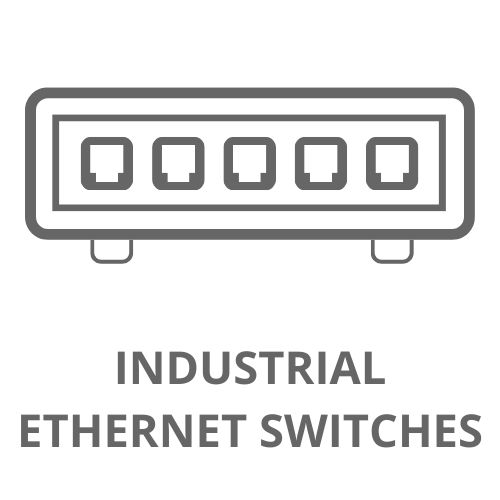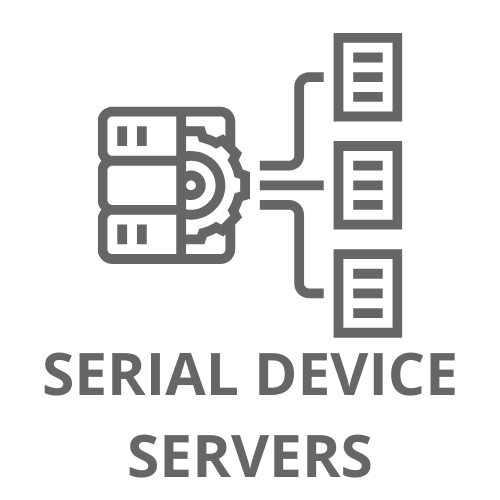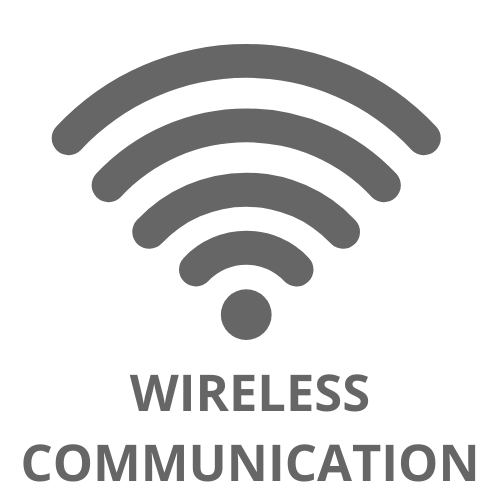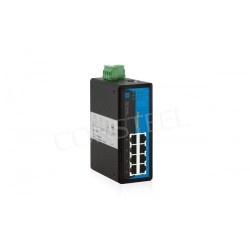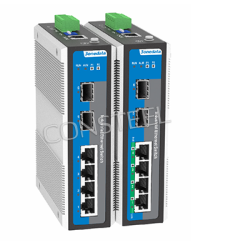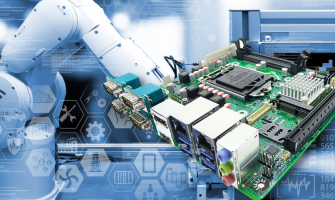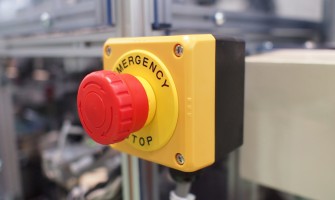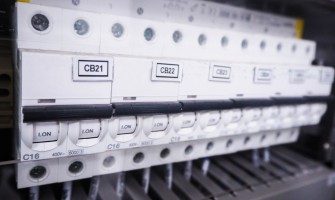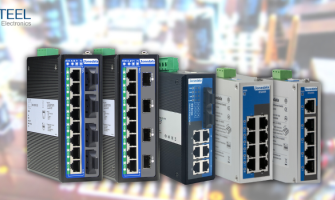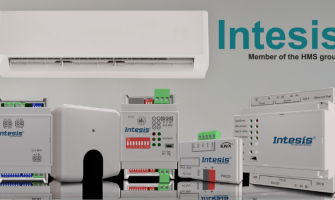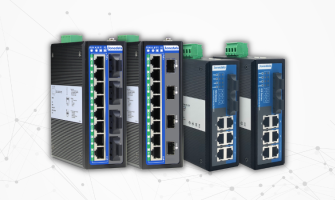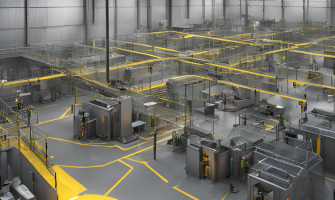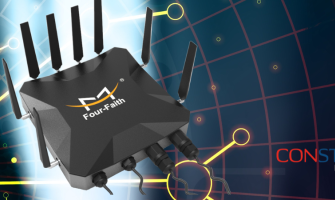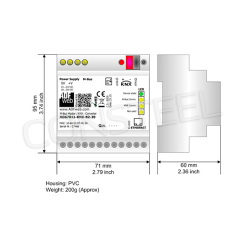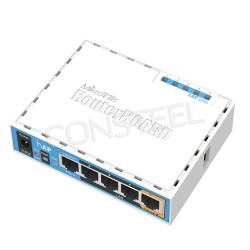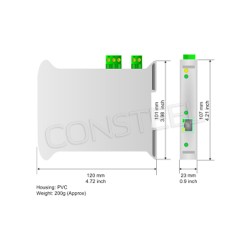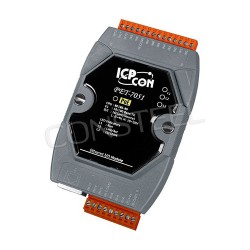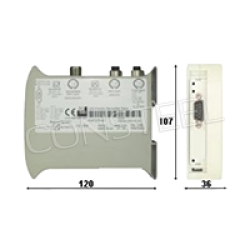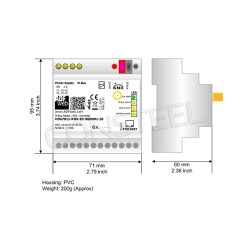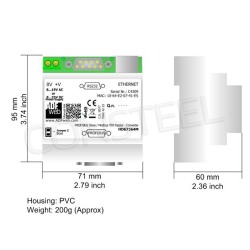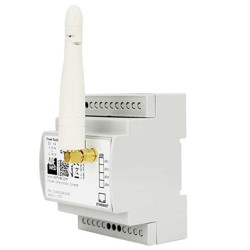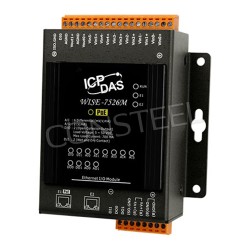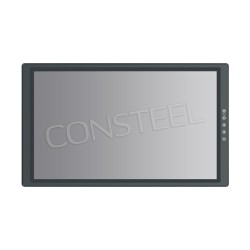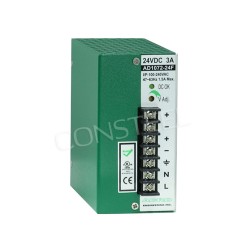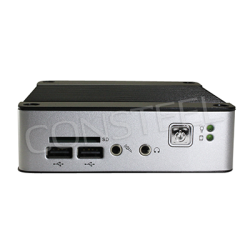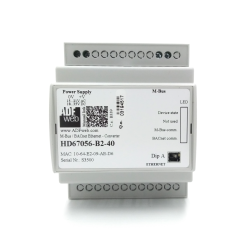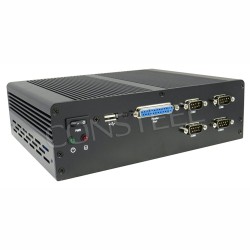What to look for when choosing a managed switch?
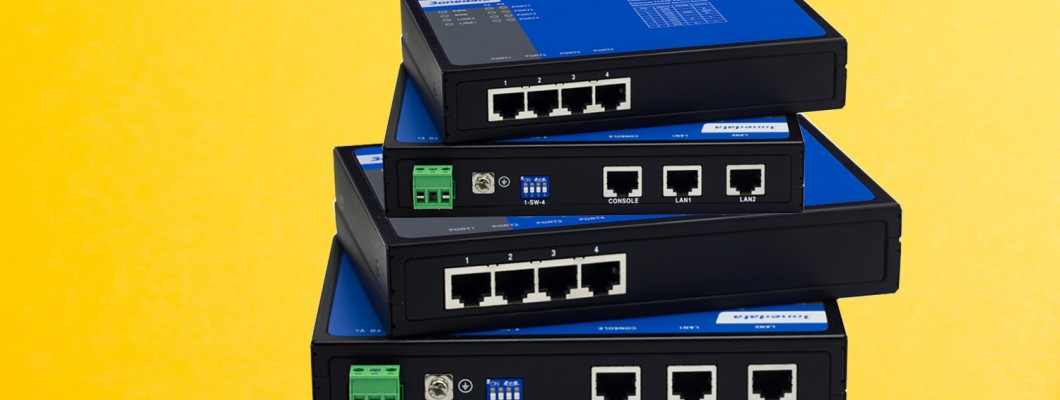
Industrial switch is one of the most important devices for seamless communication. Currently, there are two types available on the market: managed switch and unmanaged switch. A managed switch is useful in any place where you need to create a LAN and connect devices to the Internet. Managed switch will find wider use in industrial or office space, where you need to create an extensive VLAN and transmit information to a selected utility. Before buying it, it is worth considering issues that are closely related to the functions that a managedswitch can perform, so what to look for when buying one?
Type and place of installation of a managed industrial switch
Today Internet access is needed in a variety of places may it be a small office, a technical room or a large production hall with prevailing inside such as high temperatures. If a managed switch is to be mounted in a control cabinet then it is worth choosing a switch for DIN rail, i.e. one that has mounting holes allowing it to be mounted modularly on the aforementioned DIN rail. Switches that are more elaborate are designed to be mounted in a RACK cabinet, these are usually models with more than 30 ports. For a small office, where it is necessary to create a managed network, you can choose a network switch with a small temperature range without the need for DIN rail mounting functions. Due to the different temperatures in halls, offices and other industrial spaces, it is necessary to pay attention to what temperature a particular industrial switch can operate at. Managed industrial switch models with a wide temperature range work smoothly even in the range from -40 to +75°C. If the switch is to work in low temperatures, it is worth choosing an external switch, i.e. one that is designed to work in industrial conditions and low temperatures.
Data rate - throughput of managed switches
The network switch comes standard with 10 Mbps, 100 Mbps and 1000 Mbps Ethernet ports. Therefore, we already need to know how fast a network we want to use when we buy it. In general, managed switches are not faster than unmanaged switches, but it is worth noting here that an industrial managed switch provides better performance, which increases speed in the long run.
Number of ports
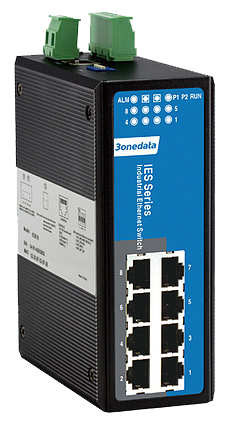
Managed switch 4 port, switch 8 port, managed switch 24 port or maybe even more? How many ports you will need in a given device strictly depends on what it will be used for. Unmanaged switches with fewer ports, such as 4-port switches, are used wherever there is no need to connect a larger number of devices, such as in a small office or a single hall, where it is necessary to create a VLAN. Managed 24-port switch with a larger size, will be suitable for creating a more extensive network, where there is no limited installation space.
Managed switch with or without PoE?
If your project is all about security, remote access and, most importantly, milliseconds then the PoE managed switch is for you. Managed switches with PoE ports provide the right tools and functions to monitor the network, prioritize data transfer, often have independent power circuits, allowing the device to work even in the event of a failure or can shut down a selected device remotely. The best known two types of PoE power supply are the 802.3af PoE standard and 802.3at PoE+ (48V). Both types use two-pair Power over Ethernet with the first type supplying a maximum of 15.4W per port and type 2 a maximum of 30W per port. As the technology evolved, two more types of PoE power were introduced. Type 3 802.3bt "4PPoE" and Type 4 802.3bt "4PPoE." When using type 3 PoE power supply, the maximum power delivered by the power supply device is 60W, while for type 4 it is 100W. Depending on what kind of power per port we will need, we need to choose a managed switch equipped with PoE ports of the appropriate power type. PoE managed switches are best used in large industrial environments, where the basis is fast data flow without the need for other power components.
Managed switch and its additional features
Managed switch models are equipped with various features for efficient network management. They support the LACP protocol, thanks to which they are able to distribute data efficiently and increase throughput during heavy traffic and network load. On the other hand, RSTP under load reduces downtime and suggests alternative data paths. Thanks to the ACL function, the managed switch also ensures network security against unexpected attacks. ACLs block unauthorized access and thus protect data and network operations. Due to the various features that managed switches have, they are a more expensive solution than regular unmanaged switches. However, they are devices that allow you to do a lot more and ensure the security of your network, so if you want to create a secure network with management capabilities the right choice is a managed switch.


